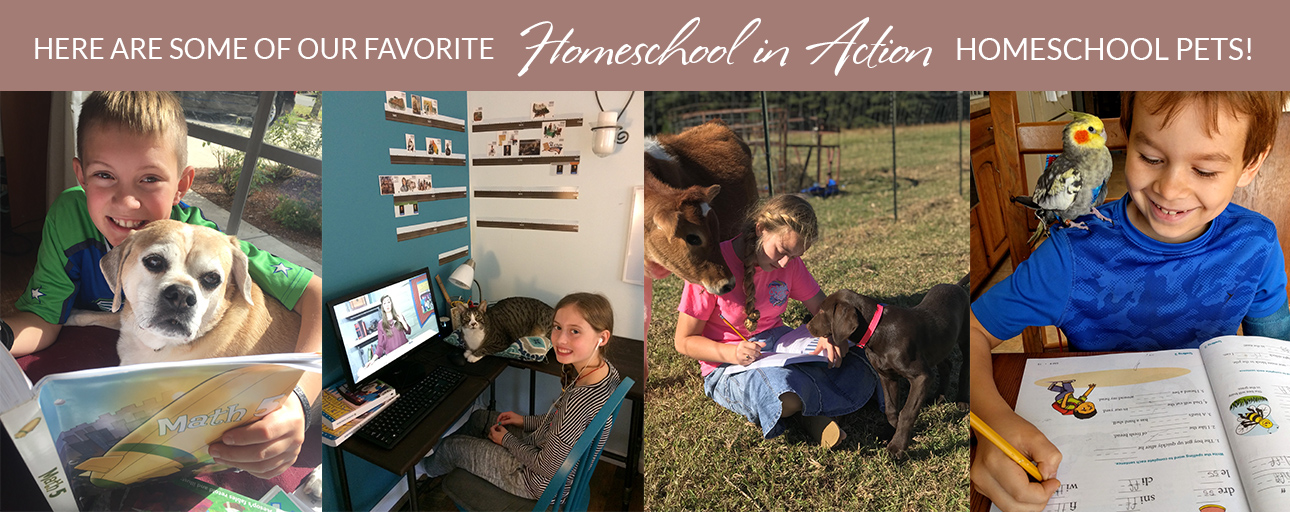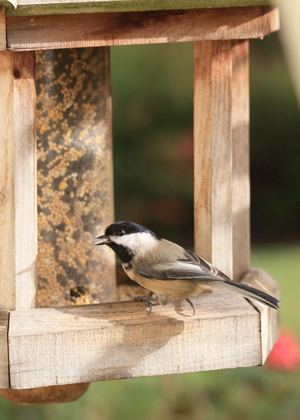
Did you know that today, February 20, is national Love Your Pet Day? It’s also the perfect day to bring your homeschool pets in on the learning.
In October last year, BJU Press invited you to share photos of your homeschool experience with us in the Homeschool in Action Photo Challenge, and one of the categories was “homeschool pet.” Inspired by some of our favorite entries to the homeschool pet category (see below), here are some little-known facts about pets.
Dogs
- Every dog’s nose print is as unique as a human fingerprint.
- Dogs aren’t completely colorblind. They have receptors to see blue and yellow.
- They also have night vision.
- Australian shepherds aren’t from Australia. They’re an American breed.
Find out more about dogs from the American Kennel Association.
Cats
- The design of cats’ ears helps them to survive falls from more than thirty stories high.
- A group of adult cats is called a clowder, and a group of kittens is a kindle.
- A cat’s tongue feels rough because it’s covered with tiny barbs that direct food to the throat. These barbs also help them drink and groom.
- When a cat rubs against you with its nose, it’s saying it likes you. Cats use the scent glands on their cheeks to mark their territory.
Get more facts about cats from Purina.
Cows
- Cows can see in color.
- You may have heard that cows have four stomachs, but it’s really only one with four compartments. The main one can hold up to fifty gallons of food.
- A cow typically spends six to eight hours a day eating and just as long chewing its cud.
Learn more about cows from Farms for City Kids.
Cockatiels
- Australian shepherds may not be from “down under,” but cockatiels certainly are!
- Cockatiels enter their nests tail-first.
- A cockatiel can mimic sounds much like a parrot does.
You can find out more about cockatiels from Kids Answers.
Keep an eye out on our Facebook and Instagram pages because we’ll be sharing our own pets with you soon. Want to share your homeschool pets with us? Be sure to use the hashtag #lovemyhomeschoolpet and tag us with @bjupresshomeschool.

